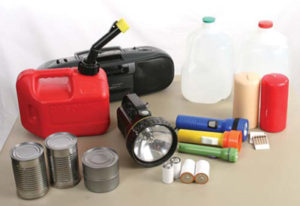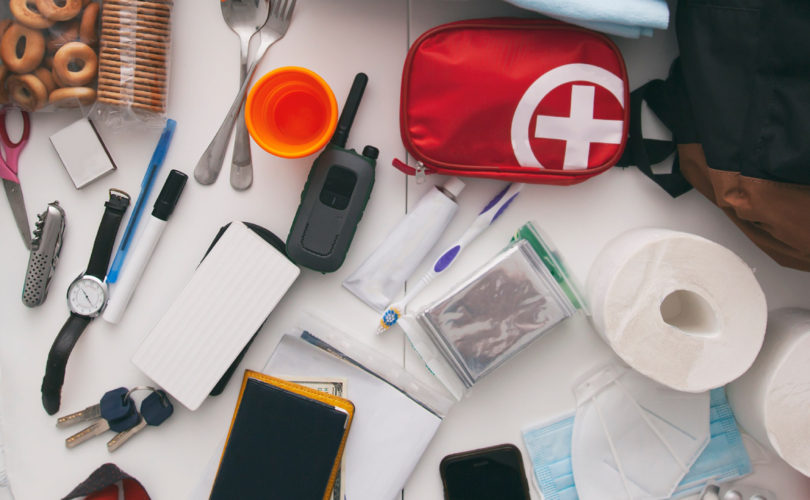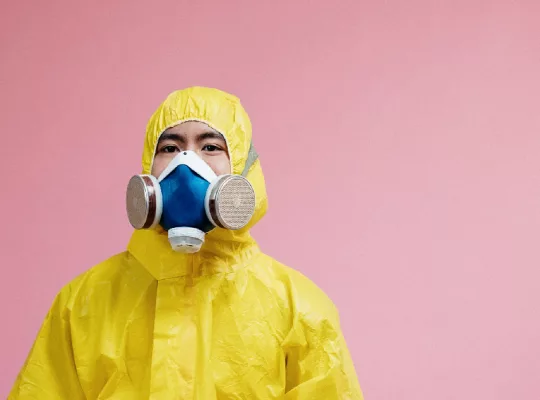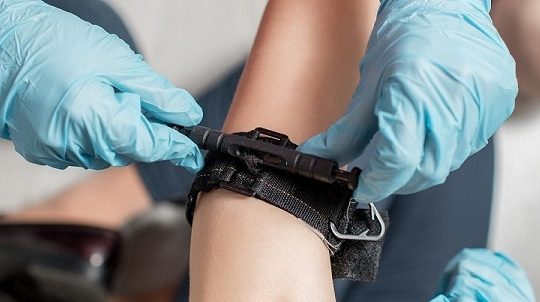Being aware and prepared for potential threats lets you quickly and efficiently respond to an emergency at any time. There are multiple ways to prepare for emergencies at home, at work, or on the road. It’s always good to have a plan for emergencies and to share them with your family and those around you. Consider what may happen in your area and plan for the most likely scenario first. Consider the natural and man-made situations that are present in your area. Thinking about how you will handle situations is the first step in being ready for an emergency.
Emergency Preparedness at Home
There are many different emergencies that may arise at home. Some of the most common are small fires, power outages, kitchen injuries, and natural disasters. Preparation should start with these common issues. The basic items you need are:
- A small fire extinguisher
- A medium sized first aid kit
- A flashlight with extra batteries
- A radio that can be run on alternative power
- Extra food and water to last a few days
Having these items will assure that you can handle any situation life throws at you. If there is a natural disaster, you may need to survive on your own. Thankfully, most emergencies are resolved within 72 hours. Regardless, spare food and water for your family will make sure that you can survive until rescue arrives. With a little bit of thinking ahead, you can have the peace of mind that you are prepared for some of the most common home emergencies.
For the first aid kit, the most important items to have included are: bandages, gauze, antibiotics, medical tape, taping accessories, and pain management items. Specialty items such as tourniquets, chest seals, and pressure bandages are also very handy to have for an emergency. You should keep first aid stock for 25 people at least. A basic first aid kit may not be able to properly treat more serious wounds, especially if medical assistance is not readily available. Another safety concern at home is a pool. Pools pose a safety risk, especially for young children. Being able to handle a drowning situation at home is paramount for people who own a pool.

Emergency Preparedness at Work
Many of the same emergencies that arise at home can be found at work as well, and it is important to be prepared there as well. Keeping a little extra food in your desk as well as a change of clothes such as jeans and a pair of sneakers (if you wear dress clothes to work) can be a lifesaver, because loafers and high heals are uncomfortable if you have to walk far distances.
On a day-to-day level, a small office first aid kit can treat everything from a paper cut to a headache, and make any day a little easier to handle. Preparing for big emergencies, also helps you handle the small ones. Most workplaces have first aid kits, knowing where the closest one is will help
Emergency Preparedness on the Road
When you’re on the road the two most important situations to prepare for are storms and accidents. Keeping a change of clothes in your car as well as a few survival items will help to give you peace of mind when traveling. Jumper cables are also very useful, since they can rescue you or a friend if you have a dead battery. A small first aid kit or emergency preparedness kit with water and food bars will come in handy if you become stranded. Some people keep a flashlight in their car in case of a breakdown at night.
If you travel in cold weather, keep an extra blanket or jacket in your car to stay warm if you are stuck for any period of time, since it may be a while before rescue arrives. Another good cold weather item is a small snow shovel, as it can help to unbury your car from a snow bank a drift.
To learn more about emergency preparedness visit ready.gov



